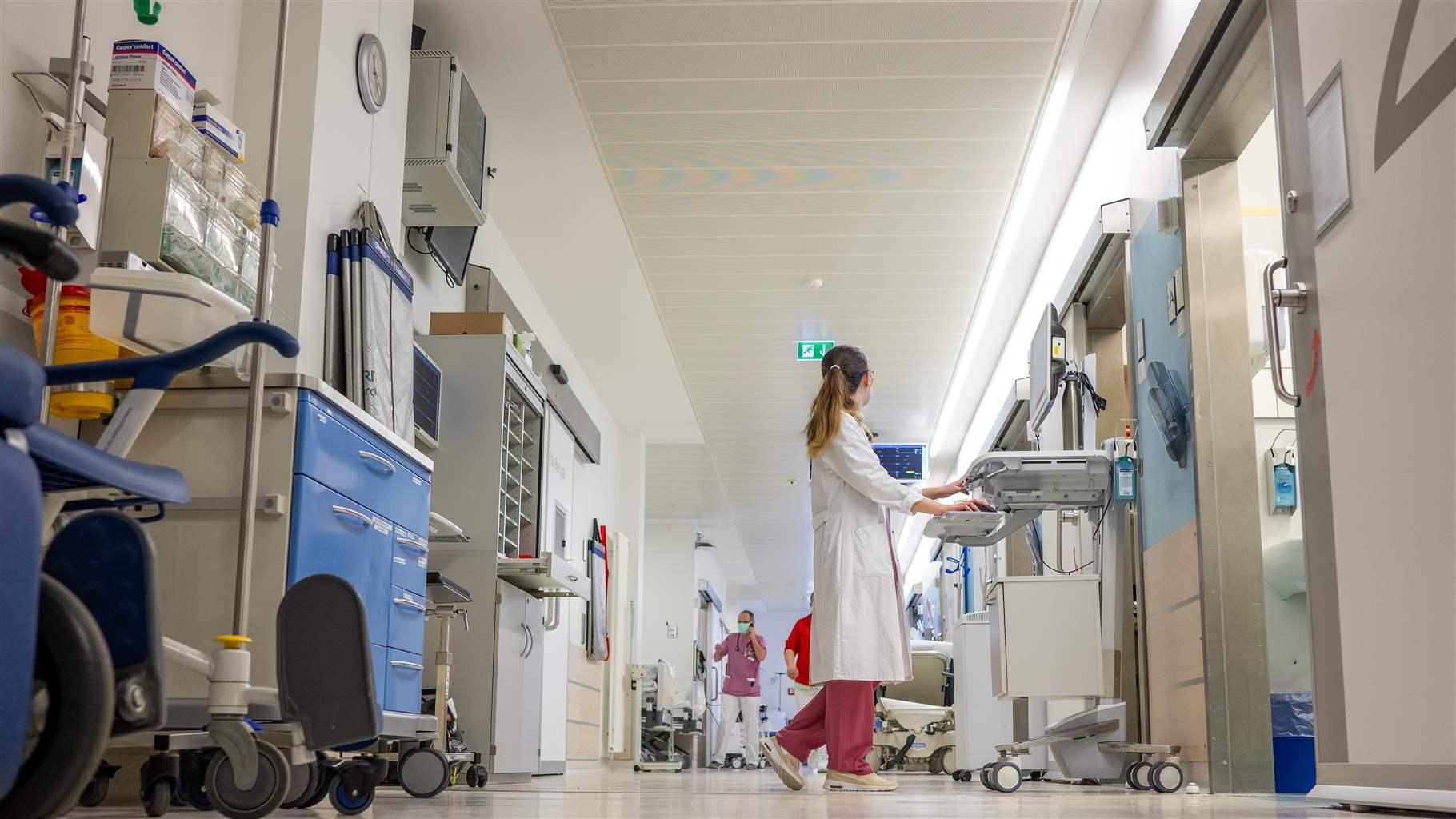Few Hospitals Follow Recommended Practices for Evidence-Based Suicide Care
Study shows most use one or two out of four interventions to help prevent suicide deaths

In 2022, suicide claimed the lives of an estimated 49,449 people in the United States, making it the 11th leading cause of death nationwide. Research has shown that almost half of those who die by suicide interact with the health care system within four weeks of their deaths. And those who are hospitalized for suicide risk face an elevated risk of dying by suicide post-discharge, making this a critical time for these patients to have access to resources, support, and care that can keep them safe in the event of a suicidal crisis.
But new research shows that only 8% of hospitals in the U.S. have instituted all the key components of evidence-based, best-practice interventions to help at-risk patients who are discharged after receiving care. In fact, more than 1 in 4 are not conducting any of these interventions.
The Joint Commission, an independent national organization that accredits U.S. hospitals, requires its nearly 3,800 facilities—about 80% of all hospitals and behavioral health care organizations—to have discharge policies and protocols for counseling and follow-up care in place for individuals identified as being at risk for suicide. The specific policies and protocols adopted to meet these requirements, however, are left to the hospitals’ discretion.
To gain insight into current practices, The Joint Commission, in partnership with The Pew Charitable Trusts, conducted a nationally representative survey of accredited nonpsychiatric hospitals in the U.S. The findings were published on February 23 by the Joint Commission Journal on Quality and Patient Safety.
Leading practices for hospital discharge planning
The study focused on four suicide prevention practices for providing immediate care and access to follow-up services for patients at risk for suicide, as recommended by the survey’s scientific advisers. These practices include formal safety planning (e.g., equipping patients with concrete steps they can take or people they can talk to if they need help); providing “warm handoffs” to outpatient care (e.g., when a hospital physician introduces a patient to a behavioral health specialist in person); following up with patients after discharge, most often to conduct wellness checks; and providing what is known as lethal means safety planning (e.g., working with patients to voluntarily remove lethal objects, such as firearms, from their possession).
According to the survey, most hospitals have implemented one or two of these practices, but few apply all four concurrently. Specifically:
- 61% of accredited hospitals conduct formal safety planning.
- 37% provide warm handoffs to outpatient care.
- 30% follow up with patients after discharge.
- 28% provide lethal means safety planning.
About three-quarters of accredited hospitals (73%) reported conducting at least one of the four interventions; 47% said they are conducting at least two; 18% at least three; and only 8% all four. Nearly 27% are not using any of the interventions.
These findings show that while most hospitals have implemented procedures to reduce suicide post-discharge, they can improve the quality of their care to ensure concurrent implementation of recommended practices. Additional guidance or updated, specific requirements from The Joint Commission are potential ways to close the gap between the current discharge care landscape and the recommended practices.
These study findings are part of a larger survey by The Joint Commission that examined suicide prevention practices at accredited hospitals and health systems, including whether and how they provide universal screening for suicide risk. An analysis of the findings related to universal screening will be published soon.
If you or someone you know needs help, please call or text the Suicide and Crisis Lifeline at 988 or visit 988lifeline.org and click on the chat button.
Farzana Akkas works on The Pew Charitable Trusts’ suicide risk reduction project.














